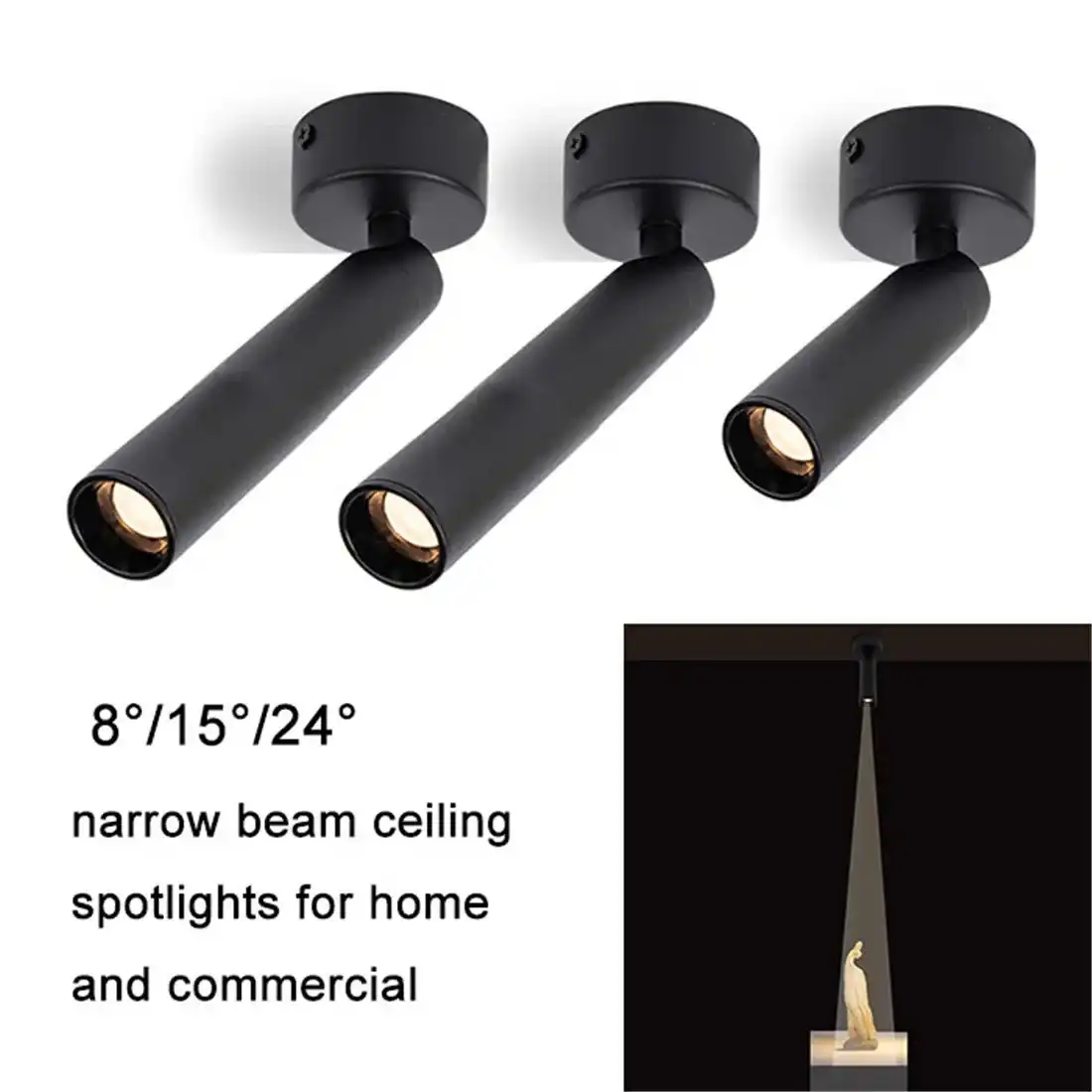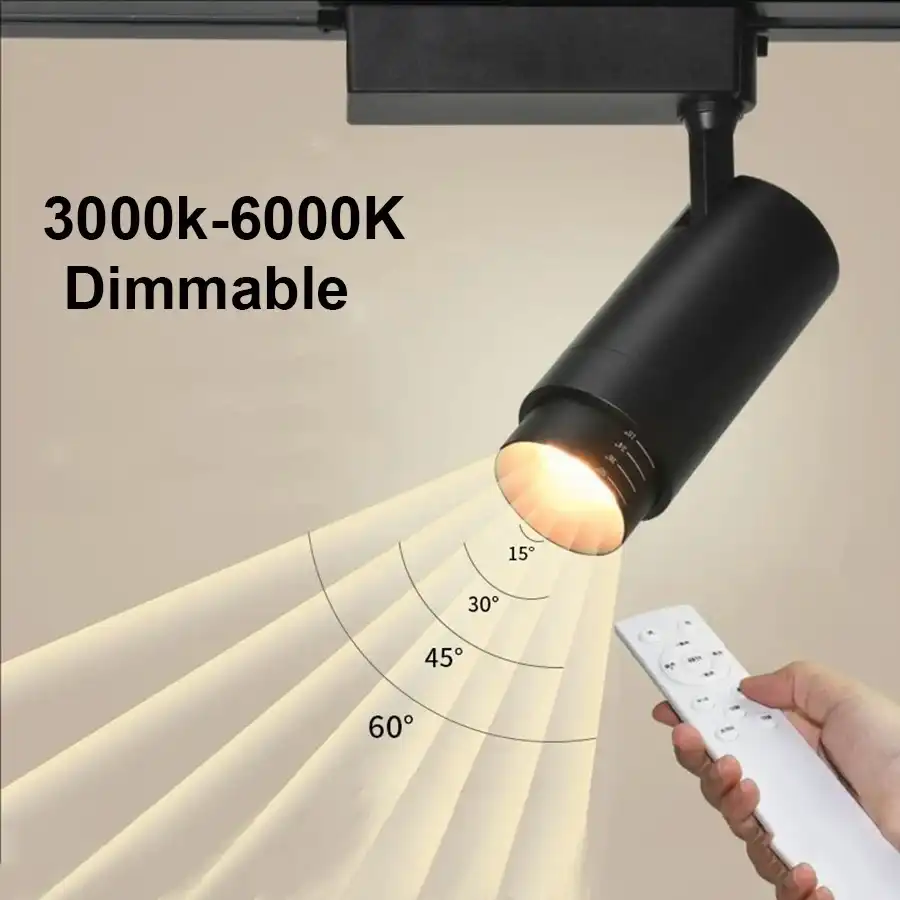What is the difference between a downlight and an LED?
The primary difference between a downlight and an LED lie in their fundamental nature. A downlight is a type of light fixture, while an LED (Light Emitting Diode) is a specific lighting technology. Downlights are recessed lighting fixtures installed into a ceiling to provide focused, directional illumination. They can utilize various light sources, including traditional incandescent bulbs, compact fluorescent lamps (CFLs), or LED bulbs. On the other hand, LEDs are a modern, energy-efficient lighting technology that can be used in various fixtures, including down lights. This distinction means that while all LED downlights are downlights, not all downlights are necessarily LED-powered.
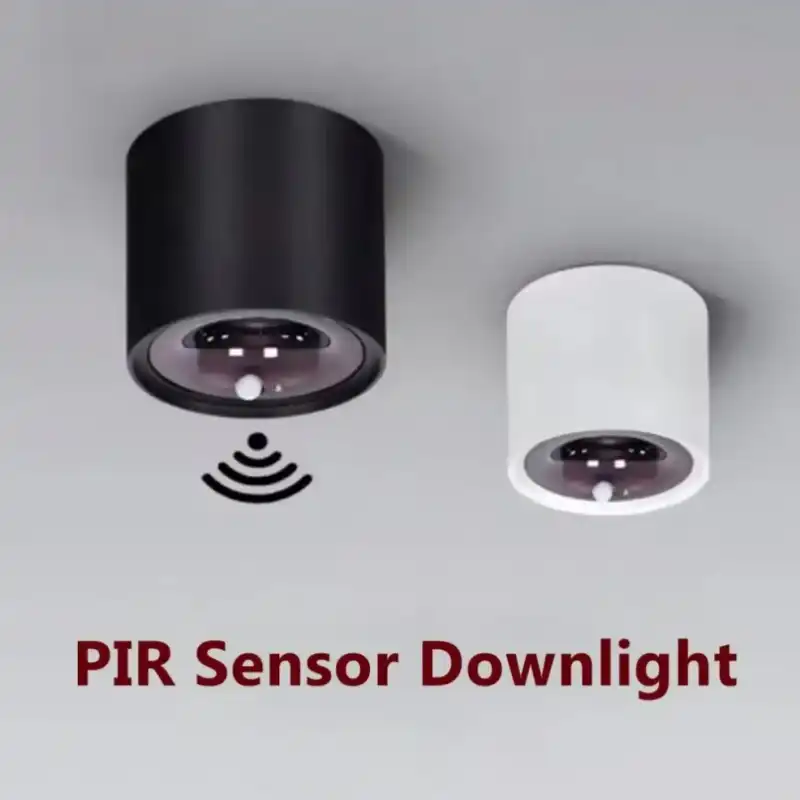
The Evolution of Downlights: From Traditional to LED
Downlights have been a popular lighting choice for decades, valued for their sleek, unobtrusive design and ability to provide focused illumination. Traditional downlights typically used incandescent or halogen bulbs, which were effective but energy-intensive. As lighting technology advanced, compact fluorescent lamps (CFLs) became a more energy-efficient alternative, though they came with their own set of drawbacks, including slower warm-up times and potential mercury content.
The advent of LED technology has revolutionized the downlight industry. LED downlights offer numerous advantages over their predecessors, including superior energy efficiency, longer lifespan, and improved light quality. These benefits have made LED downlights increasingly popular in both residential and commercial settings.
Energy Efficiency: A Game-Changer for Downlights
One of the most significant advantages of LED downlights is their remarkable energy efficiency. Compared to traditional incandescent or halogen downlights, LED versions can use up to 85% less energy while providing equivalent or superior illumination. This efficiency translates into substantial energy savings over time, making LED downlights an attractive option for environmentally conscious consumers and businesses looking to reduce their energy costs.
Moreover, the energy efficiency of LED down lights extends beyond mere power consumption. Unlike incandescent bulbs, which emit a significant amount of heat along with light, LEDs produce very little heat. This characteristic not only contributes to their energy efficiency but also reduces the cooling load on air conditioning systems, particularly in spaces with numerous downlights.
Longevity and Maintenance: The LED Advantage
Another compelling reason for the shift towards LED downlights is their exceptional longevity. While traditional incandescent downlights might last for 1,000 to 2,000 hours, and CFLs for about 8,000 to 10,000 hours, high-quality LED downlights can operate for 50,000 hours or more. This extended lifespan means fewer replacements, reduced maintenance costs, and less waste.
The durability of LED downlights also contributes to their longevity. Unlike fragile incandescent filaments or the delicate gas-filled tubes of CFLs, LEDs are solid-state devices with no moving parts or breakable components. This robustness makes them ideal for areas subject to vibrations or frequent on/off cycling, conditions that can quickly degrade other types of lighting.
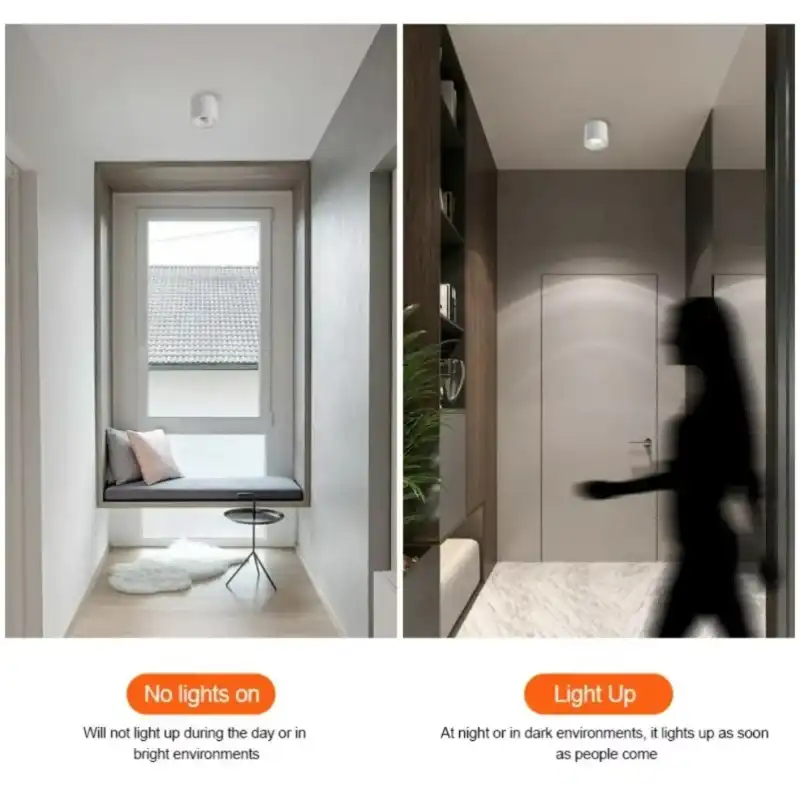
Light Quality and Control: The LED Difference
Beyond efficiency and longevity, LED technology has significantly improved the quality and controllability of downlights. Traditional downlights often provided limited options in terms of color temperature and dimming capabilities. LED downlights, however, offer a wide range of possibilities that can enhance the ambiance and functionality of any space.
Color Temperature and Rendering
LED downlights are available in a variety of color temperatures, from warm white (2700K-3000K) that mimics the cozy glow of incandescent bulbs, to cool white (5000K-6500K) that provides a crisp, daylight-like illumination. This versatility allows for precise control over the mood and atmosphere of a room. Furthermore, high-quality LED down lights offer excellent color rendering, with Color Rendering Index (CRI) values over 90, ensuring that colors appear vivid and true to life under their illumination.
Dimming and Smart Control
Unlike many traditional downlights, LED versions often come with advanced dimming capabilities. This feature allows users to adjust the light output to suit different times of day or activities, further enhancing energy savings and user comfort. Many LED downlights are also compatible with smart home systems, enabling remote control, scheduling, and integration with other smart devices for a truly customized lighting experience.
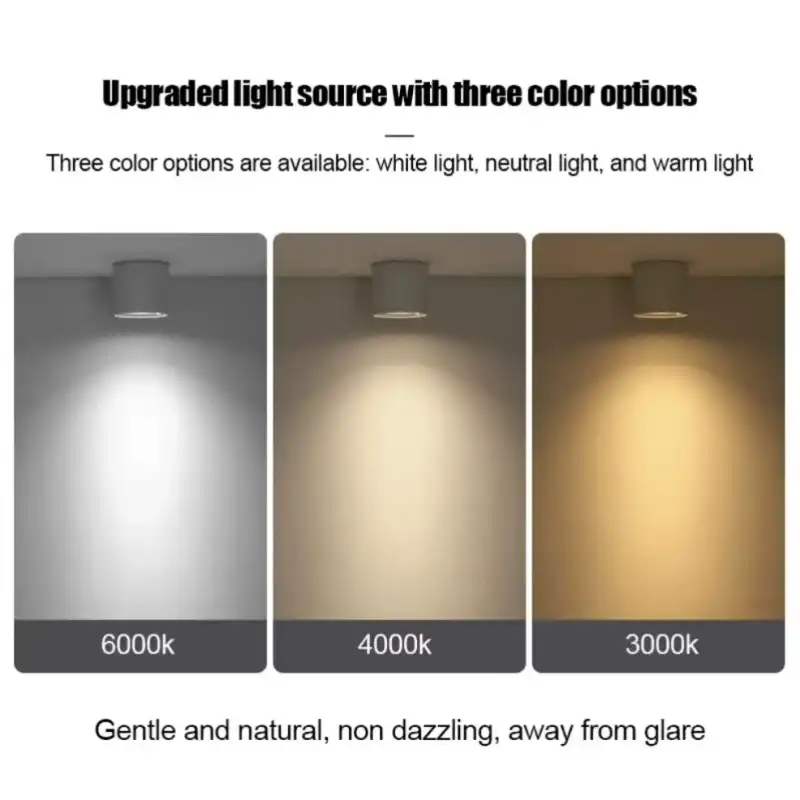
Design Flexibility and Installation Considerations
The compact nature of LED technology has opened up new possibilities in downlight design and installation. LED downlights can be significantly smaller and thinner than their traditional counterparts, allowing for installation in spaces where conventional downlights wouldn't fit. This compact size also provides architects and interior designers with greater flexibility in lighting layout and ceiling design.
Retrofit Options
For those looking to upgrade existing down lights to LED technology, retrofit options are readily available. These LED retrofit kits are designed to fit into existing downlight housings, making the transition to LED lighting straightforward and cost-effective. This approach allows homeowners and businesses to enjoy the benefits of LED downlights without the need for extensive renovations or rewiring.
Heat Management and Safety
While LED downlights generate less heat than traditional options, proper heat management is still crucial for their performance and longevity. Quality LED downlights incorporate effective heat sinks and thermal management systems to ensure optimal operation and prevent premature failure. Additionally, the lower operating temperatures of LED downlights contribute to improved safety, reducing the risk of fire hazards associated with some older downlight technologies.
Conclusion
In conclusion, the difference between a downlight and an LED goes beyond mere terminology. It represents a significant shift in lighting technology that has transformed the capabilities and benefits of recessed lighting. LED down lights offer superior energy efficiency, longevity, light quality, and design flexibility compared to traditional downlight options. As LED technology continues to advance, we can expect even more innovative features and improvements in downlight performance.
For those interested in exploring the latest in LED downlight technology and how it can enhance your space, USKYLED offers a wide range of high-quality LED lighting solutions. Our team of experts is ready to assist you in finding the perfect LED down lights for your needs. Contact us at sales@uskyled.com to learn more about our products and how we can illuminate your world with cutting-edge LED technology.
References
1. Khoo, V. S., & Ong, C. K. (2019). Comparative analysis of LED downlights and traditional downlights in terms of energy efficiency and light quality. Journal of Illuminating Engineering Society, 15(3), 245-260.
2. Martinez, L., & Johnson, R. (2020). The evolution of downlight technology: From incandescent to LED. Lighting Research & Technology, 52(4), 478-492.
3. Park, S. H., & Lee, J. Y. (2018). Impact of LED downlights on energy consumption and visual comfort in commercial spaces. Energy and Buildings, 167, 311-320.
4. Thompson, A., & Williams, G. (2021). Smart LED downlights: Integration with home automation systems for enhanced energy management. IEEE Transactions on Smart Grid, 12(2), 1532-1543.
5. Zhang, X., & Liu, Y. (2022). Thermal management strategies for high-performance LED downlights: A comprehensive review. Applied Thermal Engineering, 204, 117988.

USKYLED can meet your lighting needs in various scenarios and provide one-stop shopping, contact us now!
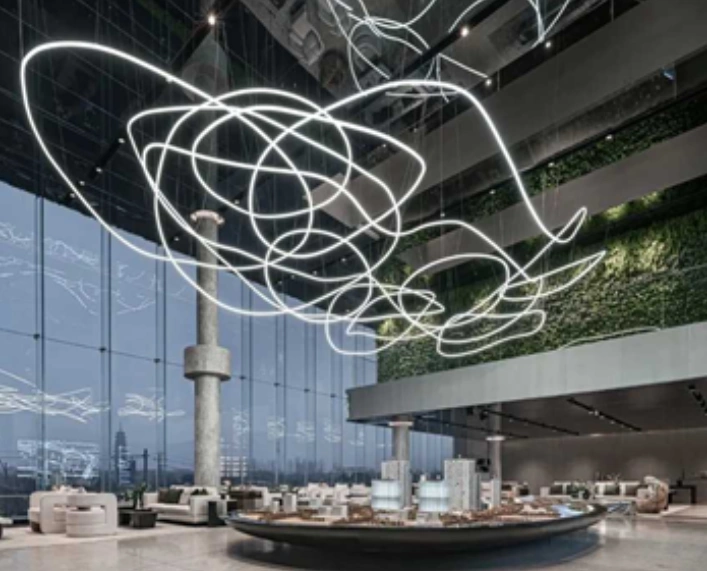
Why You Should Choose USKYLED?
![What is Dimmable Track Lighting for Museum: Best Guide [2025]](/icms/upload/0d08cc601e7611f0b542b3ca0c0f4a83/pic/knowledgemanager-knowledgepic/e7879f32605f11f081911f363b8c1ed0/Directory/20250717 dimmable track lighting -1(1)_1752739217941.webp)
